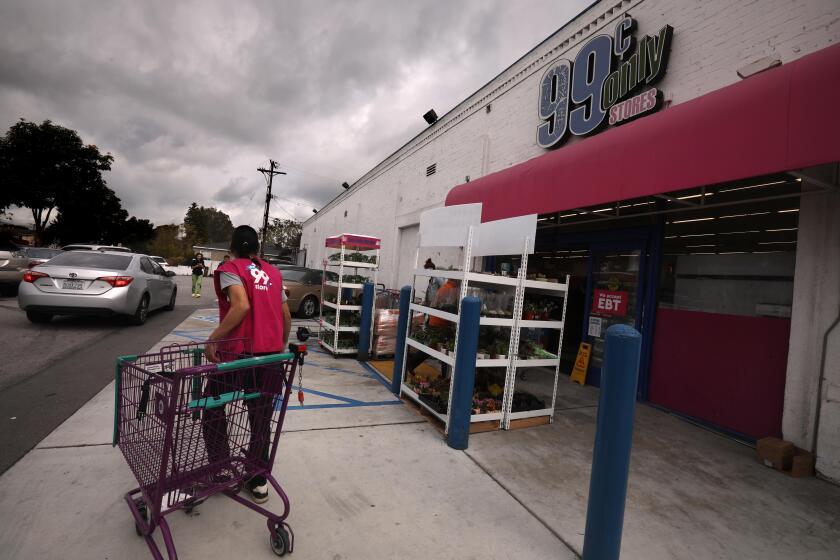Occupy Wall Street: The new Populists?
They call themselves the 99 Percenters. “We are occupying Wall Street,” they say, encamped by the hundreds in a park dubbed Liberty Square in Lower Manhattan’s financial district, and now seconded by satellite groups at L.A.’s City Hall, in San Francisco and in Chicago, Boston, St. Louis and dozens of other cities. “We will use the revolutionary Arab Spring tactic of mass occupation,” they avow, “to restore democracy in America.” For the last two weeks, their numbers have ebbed and flowed. They are young, many of them college educated, most of them jobless — most of them feeling they’ve been robbed of a workable future. They’re sleeping in tents, sharing food, communicating by social media and participating in what their website calls a nonviolent, “leaderless resistance movement” to denounce “the greed and corruption of the 1%.” They hold signs that say, “People not profit” and “Populism not corporate fascism.”
It doesn’t get a lot more specific than that. One of them, a 25-year-old ex-Marine named Brian Phillips, told me he quit his job in Washington state and hitchhiked to join the protest in New York. “We want to start a new way of living,” Phillips said. “We want to start a new society. We want to destroy a system that benefits only the 1 Percenters. It’s not working for us. It’s putting us in poverty. No more making laws that benefit corporations and banks.”
The focal point, however, is specific: Manhattan. The capital of the finance corporations whose speculation, chicanery and outright fraud have produced havoc and pain for so many Americans. It sets the model nationally for a metastasizing economic regression: the maldistribution of wealth into the hands of the few.
Out of the 25 largest cities in the U.S., New York is the most unequal when it comes to income distribution. In New York, the top 1% of households claimed 44% of all income during 2007 (the last year for which data are available). That’s almost twice the record-high levels among the 1 Percenters nationwide, who claimed 23.5% of all national income in 2007. During the housing bubble that ended in our current calamity, the average income for the 1 Percenters in New York went up 119%.
Meanwhile, the number of homeless in the city rose to an all-time high last year, with 113,000 men, women and children retreating night after night to municipal shelters. The real hourly median wage in New York between 1990 and 2007 fell by almost 9%. Young men and women age 25 to 34 with a bachelor’s degree and a year-round job in New York saw their earnings drop 6%. Middle-income New Yorkers — defined broadly as those earning between $29,000 and $167,000 — saw a 19% decrease in earnings. Almost 11% of the population in New York, about 900,000 people, lives in what the federal government describes as “deep poverty,” which for a four-person family means an income of $10,500; the average 1 Percenter household in New York makes about that same amount every day.
It’s not surprising, then, that more than 700 New Yorkers and fellow travelers, chanting “Whose streets, our streets,” got arrested on the Brooklyn Bridge over the weekend, or that several hundred white-faced “corporate zombies” staggered by the New York Stock Exchange on Monday. The Teamsters announced their support. So did the postal workers union, teachers, nurses and transit workers.Thousands marched Wednesday, swelling the protesters’ ranks.
U.S. history teaches us that the politics of peaceful disruption has been an effective way to prod the establishment toward greater social and economic justice. Consider the suffragists in the early 1900s, who fought for a woman’s right to vote; or labor’s long history of strikes and rallies that finally led to mass unionization. Consider the civil rights marchers and martyrs, and the antiwar demonstrators of the 1960s. They shut down factories, took to the streets, braved freedom rides. They made noise and made news.
But perhaps the closest historical parallel is with the Populist movement of the 1890s, which, like Occupy Wall Street, was a broad, economics-driven revolt that targeted a predatory class of corporate capitalists — the robber barons of the Gilded Age.
The Populists drove the Progressive era of reform of the early 1900s. They sought to dismantle the centralized power of corporations in the economy and return economic liberty to individuals and small business. They envisioned a graduated income tax, the secret ballot, the regulation of banks. It remains to be seen if today’s 99 Percenters will be as successful at transforming the political discourse.
The Populists formed a political party with a specific platform — the People’s Party. They ran candidates who won office; they formed real-world banking and agricultural cooperatives to challenge the hegemony of corporate capitalism.
In Liberty Square, the protesters say that they have no intention of disbanding; that they’re preparing for a long, cold winter. But will their numbers increase, or will their resolve fizzle in the histrionics of street theater? Will they organize or merely proselytize? Most important, can they move enough of today’s silent majority — 99 Percenters all — off the sidelines and into the fray?
Christopher Ketcham is the author of “The Reign of the One Percenters: Income Equality and the Death of Culture in New York City” in the current issue of Orion magazine.
More to Read
A cure for the common opinion
Get thought-provoking perspectives with our weekly newsletter.
You may occasionally receive promotional content from the Los Angeles Times.






